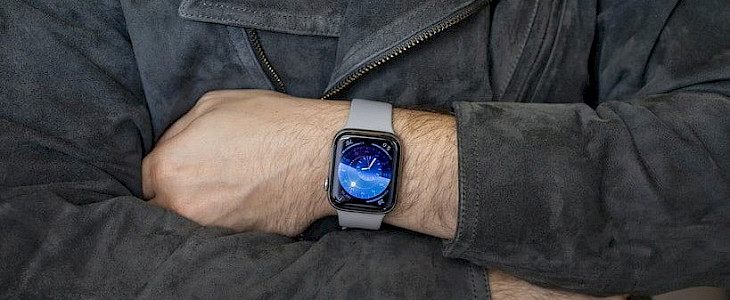
The Apple Watch debuted for the first time in 2014 when just ten main Apple Watch faces were available; the number has increased substantially since then, to put it nicely. There are nowadays 31 various kinds of faces, from Activity to X-Large.
Incorporating all variants within each group and all possible combinations of color and complexity results in a total that is certainly hard to compute if not too many to be counted.
If you enjoy the Apple Watch, you can almost find everything suitable to your mood and taste changes (and if you consider the number of varied experiences you can create with all the versions of the strap, the number climbs to a humongous one.)
Some of the Apple Watch faces, like the planetarium, are my personal faves for a long time (that lets you visualize the locations of all the planets from the past, present, and future by turning the crown).
The earliest version of the solar face was the solar graph, which shows the sun's height in the sky and the times of dawn, sun-time, sunset, dusk, and midnight. Solar noon is paradoxical because it's the moment of the sun's peak and not typically noon at the clock.
Because time is the time throughout all time, and in the world where the light save time is used, the problem is worsened.
WatchOS 6 has a new Solar watch face, published in September. This particular one is simply called the Solar Dial, and it's very lovely. It's characterized as a tiny sundial for the wrist. However, it's more like wearing a sundial at the same time as the sun on your wrist.
It also mimics certain somewhat unique complications, which are seen later on in mechanical watches.
The Solar Dial consists of a 24-hour dial with 24 (midnight) down and 12 (noon) up. An hour of hand rotating around the dial once a day, with an hour's hand attached to a small image of the sun.
The amount of daylight hours is displayed by the light blue section of the dial, and the dark blue area indicates the number of hours of the night.
A tiny dial in front of the sun on the 24-hour hand shows both analog and digital hours and minutes.





